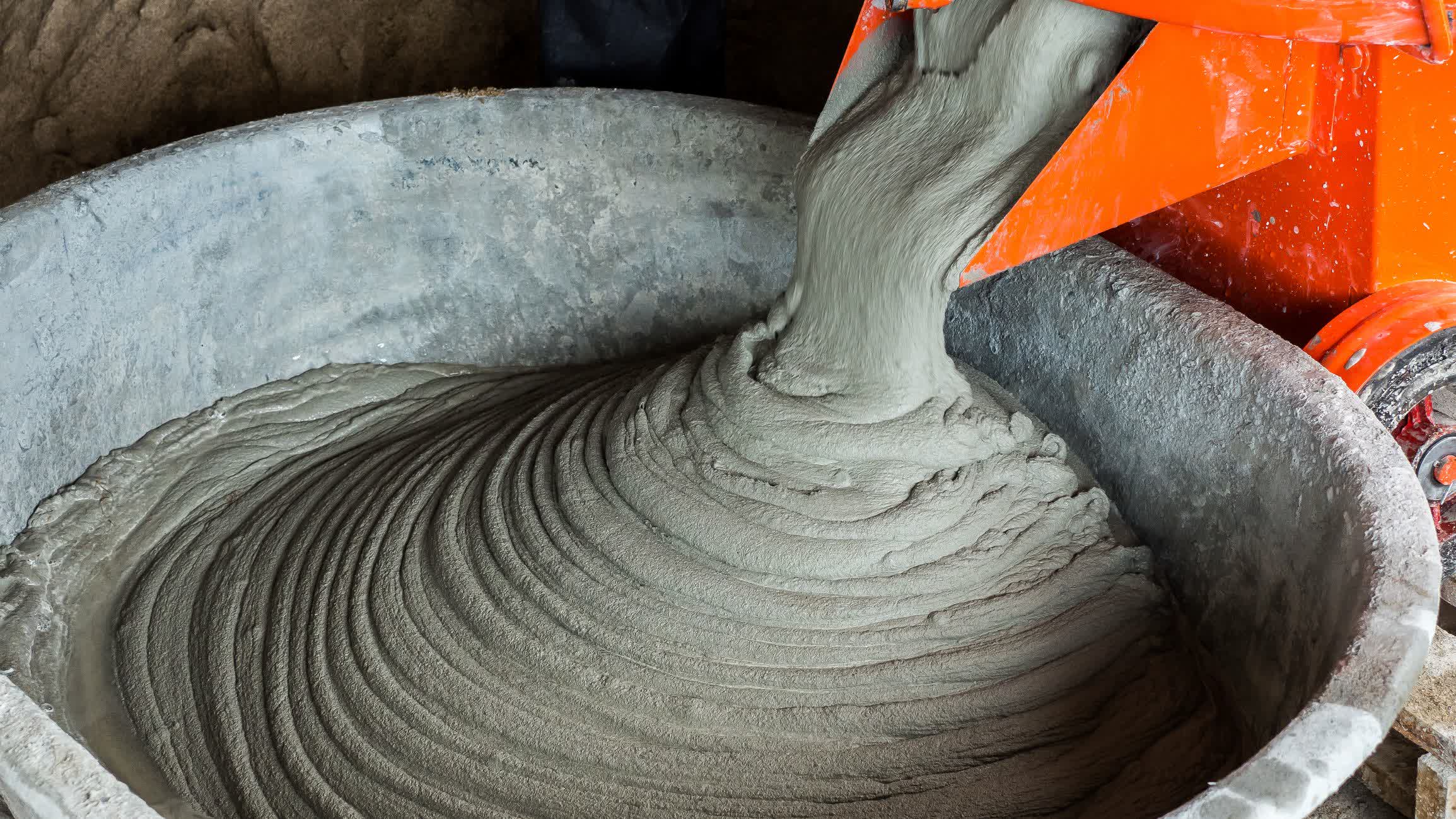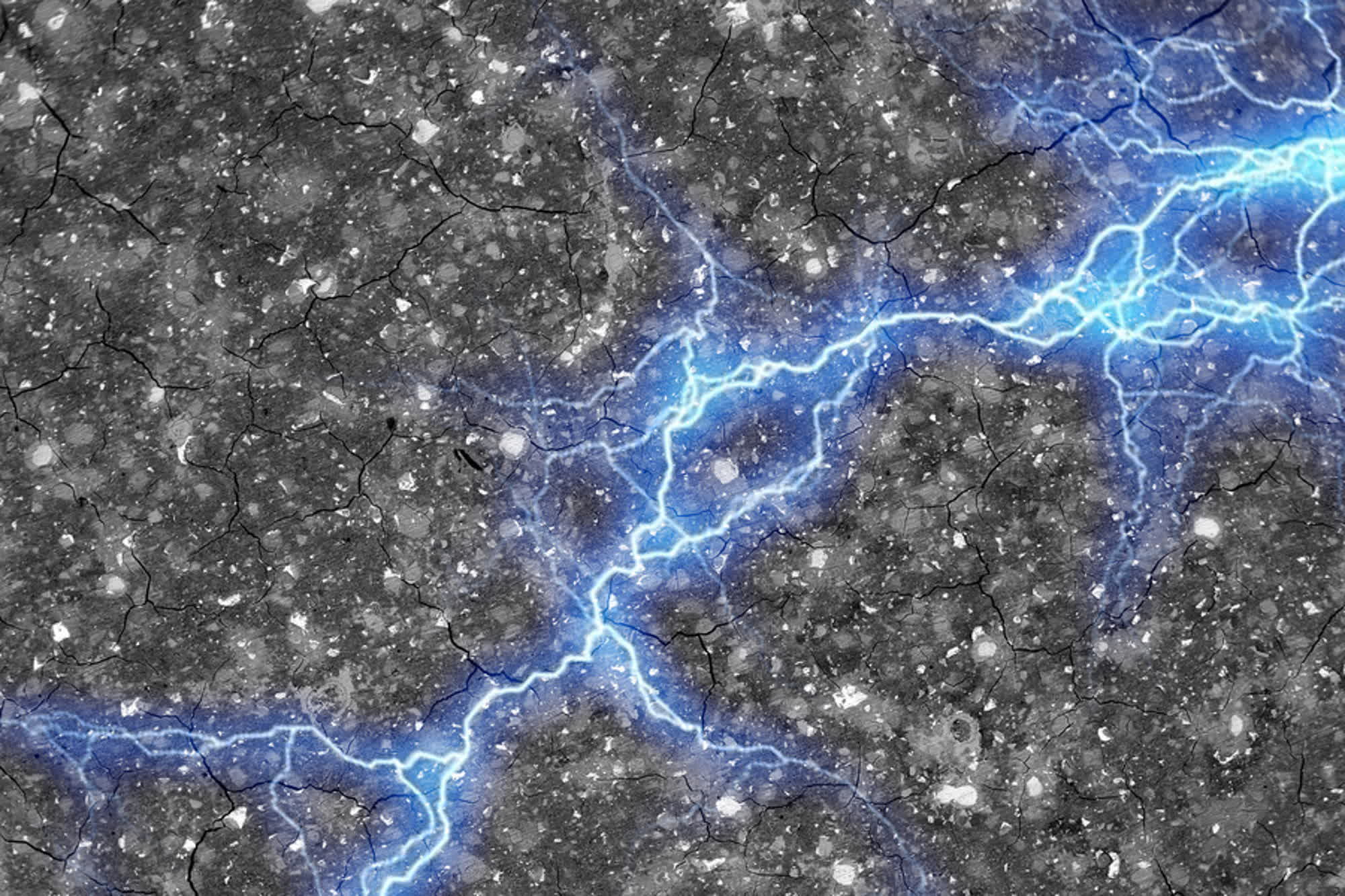In brief: Cement and carbon black are two of the most ubiquitous materials used throughout human history. Now, scientists say they could also pave the way for the future of energy consumption.

MIT researchers have found a way to create an innovative, energy-storing material by mixing cement, water, and carbon black. The design is scalable and could be used to transform roads or buildings into renewable energy sources. The secret behind the new design, the scientists said, lies in the method of mixing the base materials to produce a supercapacitor.
Researchers have already attempted to impart battery-like properties to structural materials by mixing concrete with graphene-based carbon nanotubes. However, nanotubes are expensive to produce and not easily scalable for real-world applications. Carbon black, on the other hand, is a material produced from the incomplete combustion of coal, vegetable matter, or fuel, and it offers a more cost-effective alternative to nanotubes due to its abundant availability.
The team discovered that when mixed with water and cement, carbon black forms a "fractal-like," electron-conducting network. They then shaped the final product into small plates measuring 1mm thick by 10mm wide and encased them in a potassium chloride membrane, a standard electrolyte material, to create a sandwich-like structure.

Two electrodes made of this material are separated by an insulating layer, the scientists said, allowing them to form a very powerful supercapacitor. When supplied power, the plates can light up a series of LED lights. The team believes that the new material could be integrated into roads or buildings to store a day's worth of energy.
Even if the base mixture works as a supercapacitor, retaining both its energy-storing capability and structural strength can still be a challenge. Adding more carbon black increases the amount of stored energy, but the concrete becomes weaker. The researchers found that the sweet spot for foundations or other structural elements is using around 10 percent of carbon black in the mix.
When structural strength isn't an issue, the amount of carbon black could be increased to create even more powerful supercapacitors. Civil engineer Franz-Josef Ulm and his colleagues at MIT are now working to develop a 12V battery equivalent for automotive applications. The prototype could be available in approximately 18 months, and it could also serve as an elemental brick for energy storage in homes.
https://www.techspot.com/news/99654-carbon-black-cement-could-used-store-energy-homes.html
